
All categories
Featured selections
Trade Assurance
Buyer Central
Help Center
Get the app
Become a supplier

(1774 products available)











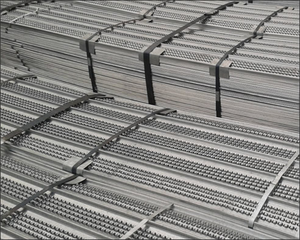




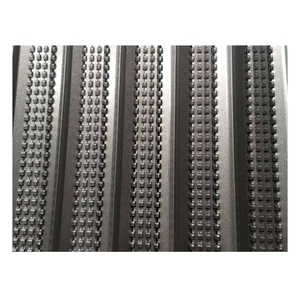




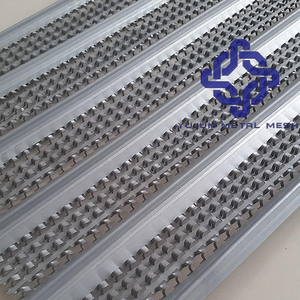

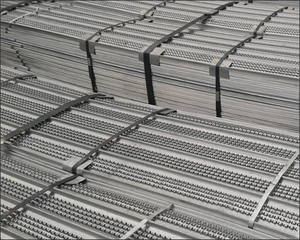

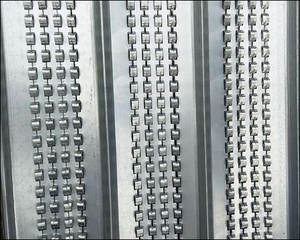



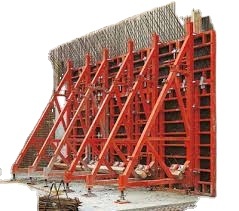















In building and property trades, one sided concrete formwork holds a central spot in making job sites both fast and safe. This key item works as a short term frame used to hold wet concrete until it grows strong enough to stand alone. As a basic part of the building process, formwork makes sure that concrete stays in place while it sets, which determines how solid and long lasting the final building will be. From tall towers to wide spans, the use of one sided concrete formwork stands at the heart of new building methods. They give crews the base frame needed to achieve exact design goals.
The range of one sided concrete formwork systems runs wide, with each type serving certain building needs and job demands. Old style wood formwork sees broad use thanks to how easy workers can move it and fit it to many shapes. Still, it needs skilled hands to put up and take down. Factory built formwork systems, like those made from steel and light metal, last longer and can serve many jobs in a row, making them cost smart for big sites. Plastic formwork weighs less and fits small jobs or basic concrete builds well. Each kind of one sided concrete formwork brings its own good points, and the best pick depends mostly on how big and complex the job is, plus what funds are on hand.
The main job of one sided concrete formwork is to shape concrete into the wanted form while giving it support as it dries and hardens. A well made formwork system makes sure the concrete face turns out smooth and keeps its inner strength. Key traits include load strength, which must hold up the mass of wet concrete, and stiff frame parts that stop bending. Also, one sided concrete formwork needs to go up and come down with ease, cutting labor fees and build time. Fresh systems use block style parts that snap together fast for quick builds and takedowns, making job sites run better. The power to stand up to all kinds of weather also matters for keeping concrete at top grade.
The material used to build one sided concrete formwork greatly shapes how well it works and how long it lasts. Wood stays a top pick due to how common and simple it is to use, but water can harm it and it needs special coats to make it last. Steel formwork, by contrast, gives huge strength and stands up to many uses, though its weight can make it hard to move. Aluminum gives a not so heavy choice with a good mix of strength and long life, making it fit for odd angles and curves. Plastic formwork gains fans for how it fights off rain and sun and cleans up fast. The choice of what goes into one sided concrete formwork counts greatly, as it touches not just how the build goes but also what the end result looks like.
To get the most from one sided concrete formwork in building jobs, crews must plan and carry out its use with care. This starts with picking the right formwork style based on what the job truly needs. Good setup matters most to keep things firm and safe, with teams checking often to find and fix any risk spots. When to take formwork off also takes care; crews must wait until the concrete has grown strong enough to bear its own weight. Plus, keeping one sided concrete formwork in good shape means washing and storing parts the right way to make them last for more jobs down the road. By grasping and using best steps, building pros can make their jobs run smoother and turn out better.
Picking the best one sided concrete formwork for a building job stands as a vital step that can deeply affect how smooth and good the build turns out. Crews should base this choice on a few key things, such as how complex the structure looks, how much weight it must bear, and what kind of weather it will face. Jobs with fancy or odd shapes often do better with factory made formwork systems, like steel or light metal ones, as these can form exact curves and give strong backup. On the flip side, basic structures might work fine with old style wood or plastic one sided concrete formwork , which crews find less hard to move and less costly. Through deep checks of these points, job bosses can make sure the work flows well and stays safe all through the build time.
Green factors now rank high when teams select one sided concrete formwork for their jobs. As earth care gains focus, items like metal formwork that crews can use many times grow more common since they cut down on trash. Fresh ideas in plant based and reborn material open doors to earth-friendly formwork choices. Buyers must check the earth mark of the stuff they pick, with eyes on power used to make it and if it can turn into new things later. By going with earth-friendly one sided concrete formwork , build teams help meet wider green aims while still doing top grade work.
Factory built one sided concrete formwork systems, such as steel and light metal types, bring many good points over basic kinds. These perks count tougher parts, sharp skills in making hard shapes, and power to hold big loads. Also, build crews can use them again and again, which saves cash on large jobs. Their block style parts also let teams put them up and take them down fast, which means less pay for labor and less time spent building.
The air and rain can change how well one sided concrete formwork does its job. Things like wood feel the burn from wet air, which can twist or break down the parts. Steel and light metal fight off weather woes better, but may need some care to stop rust. Teams must choose formwork that can face the exact air, wind, and rain at their work spot to keep the new wet stone dry and hard the right way.
Yes, one sided concrete formwork can change shape to fit odd or new building art plans. The factory made kinds, most of all, bend and shape well to match what each job needs. This shape change enables architects to get the look and form they want, even with strange turns and bends. Good plans and drafts must come first to make sure the new shape formwork still holds up safe and works as it should.
The main materials used to build one sided concrete formwork are wood, steel, hard plastic, and aluminum. Wood wins fans for how it bends to needs and moves with ease but needs care to last. Steel gives the most strength and works well for many uses in a row, while aluminum brings less weight with a good lifespan. Hard plastic is famous for how it stands up to rain and wipes clean with ease. What goes into the formwork shifts how well it works and if it pays back its cost over time.
Well-built and set up one sided concrete formwork plays a big part in safe job sites. It holds up a wet stone mix and prevents concrete failures till it becomes dry and hard. Build crews must check and fix formwork parts often to prevent harm to workers or structures. By sticking to the right work practices and safe rules, build crews can cut down risks that come with using formwork.